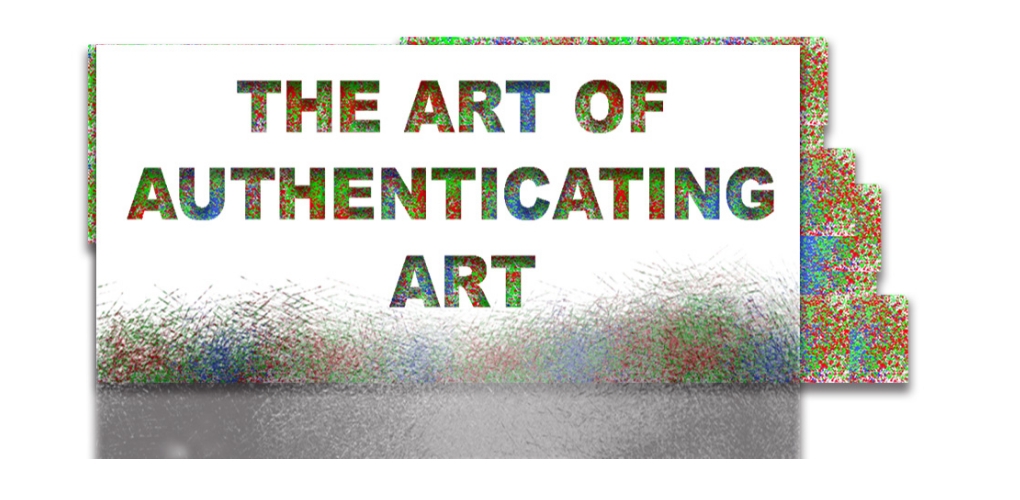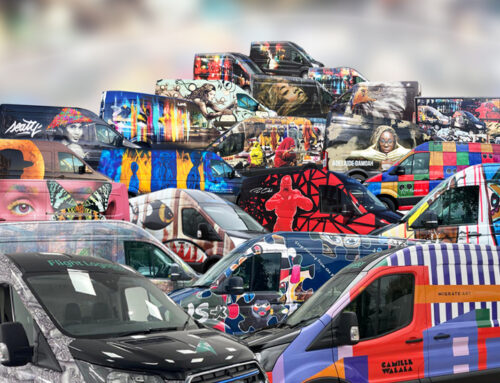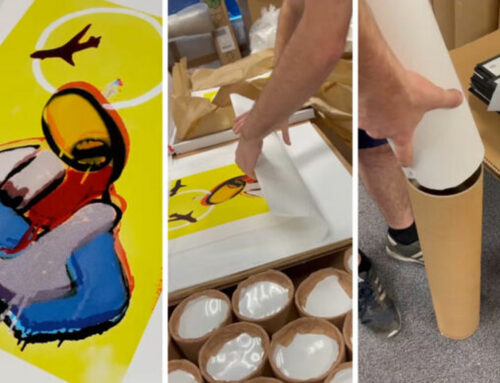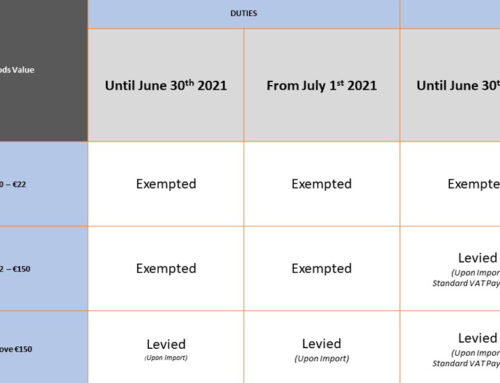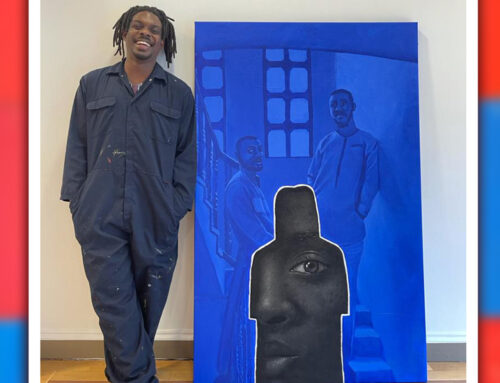…
Provenance is everything! As art dealing and trading has developed into a viable commercial activity with both collectors and investors demanding transparency and integrity from traders as they spend £thousands on art – whether it be for personal enjoyment or ROI – proof of provenance and authenticity is now a critical part of the art market.
Regrettably, many fake works of art are presented for sale, some with bogus proof of authenticity (especially when purchasing through online sources), so how can you tell the difference between an Elmyr de Hory (prolific forger including Picasso drawing) and… a Picasso.
Proof of authenticity or provenance can take many different forms. The following list shows the various methods available to be sure of an artwork’s origin:
- Tagsmart – The world’s first DNA tagged and certified artwork aggregation service. Tagsmart enables artists, collectors and retailers to trade with trust. Their DNA tag is a discreet and highly secure label that can be applied to an artwork. More information HERE
- A Certificate of Authenticity – This is a signed legal statement from the artist (or any one representing the artist such as their agent or dealer) that provides specific details about the artwork (An excellent overview by Wikipedia HERE
- A signed receipt or statement from the artist that explicitly defines the work.
- A signed and dated letter or form of correspondence from the artist.
- A signed photo of the artist, purchaser and artwork.
- Have a recognized expert/authority on the artist examine it then have them supply a signed certificate or document of authenticity.
- Galleries apply a sticker to the sold artwork proving that it’s genuine.
No provenance, no deal



